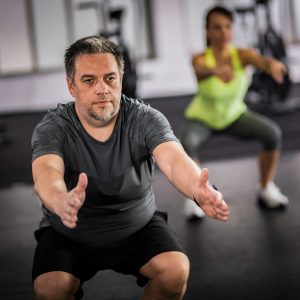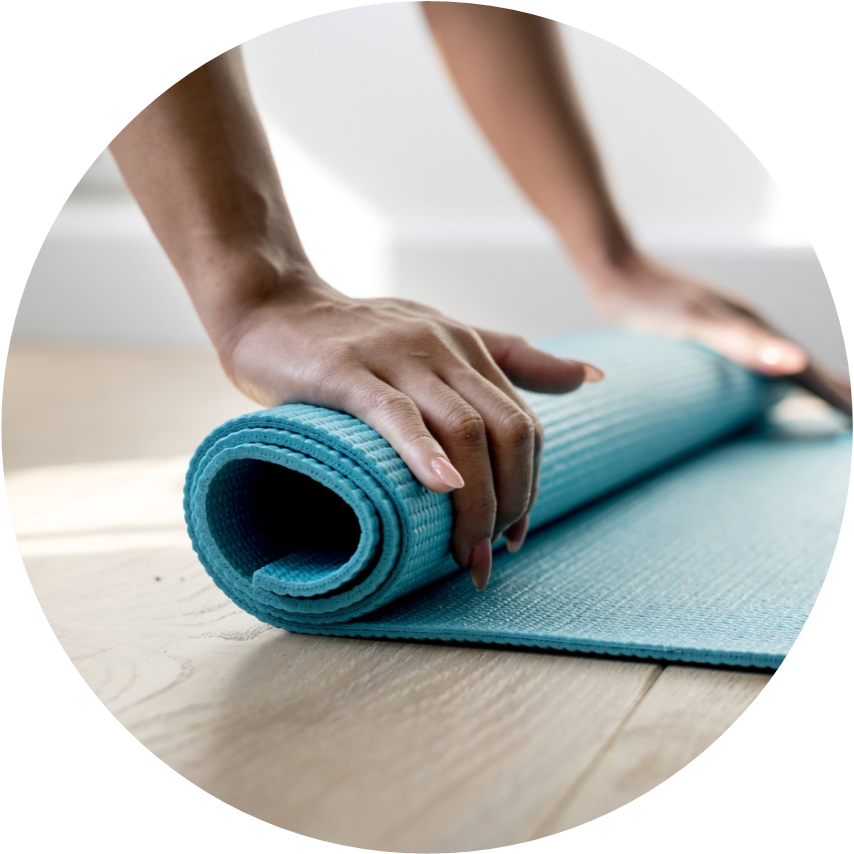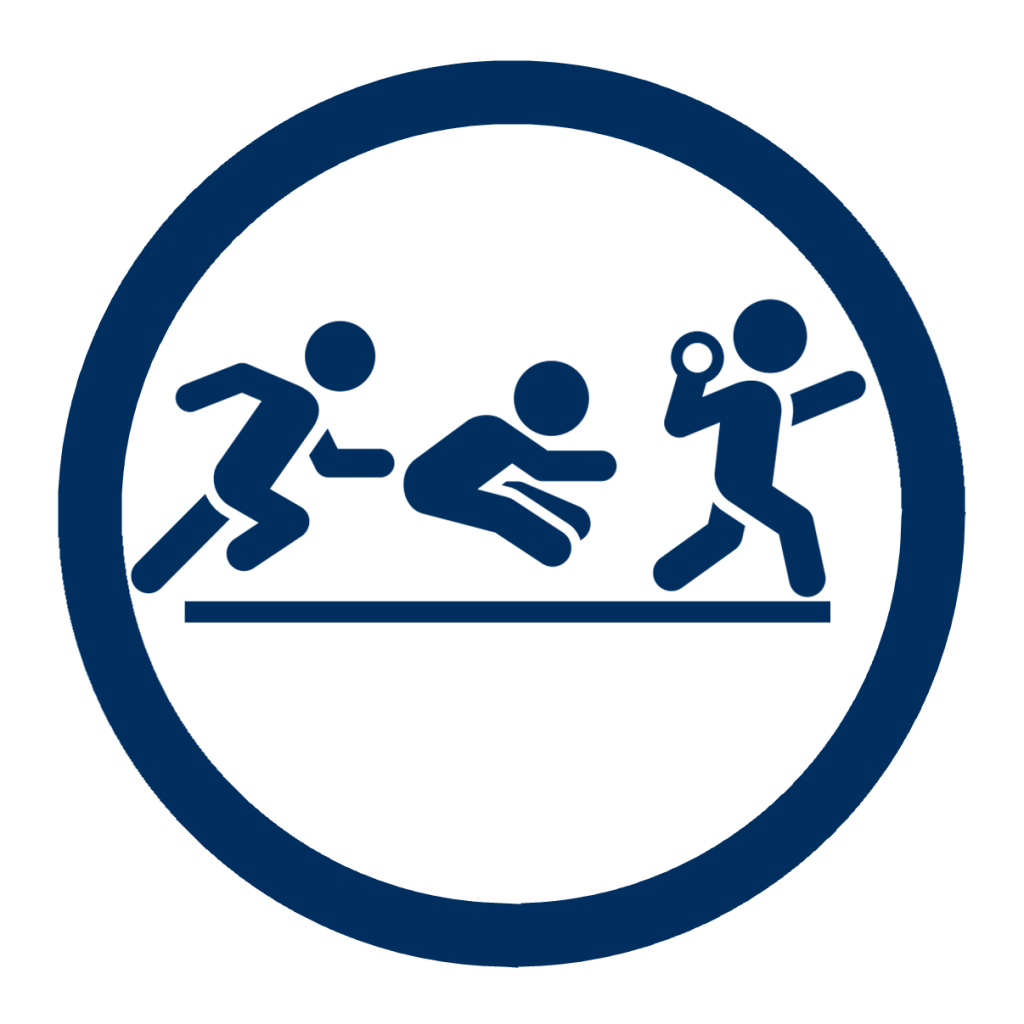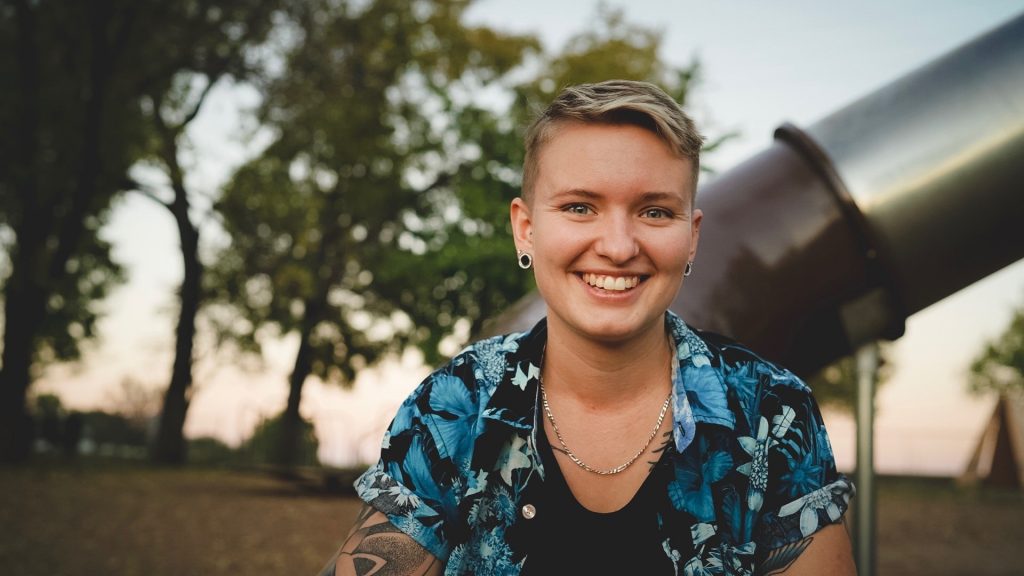THE SQUAT
w/Annie Spence
All Levels Welcome
Join Annie for a hands-on clinic that will help you squat well and safely. Whether you are new to strength training or looking to improve or perfect your form, this is an excellent opportunity to make squats part of your fitness journey.
This clinic will offer a safe and encouraging educational environment and will empower individuals with knowledge, practice, and hands on coaching to leave you feeling confident and capable.
Squats are an incredibly versatile exercise that comes in numerous variations and intensities. The diversity and the ease at which a squat can be modified allows it to be used to achieve a variety of training goals. Whether you are new to exercise, overcoming injury, working to maintain or improve your mobility, an athlete, a teenager of an older adult; chances are there is a squat that will benefit you and help you reach your fitness goals.

SIX REASONS YOU SHOULD SQUAT
Squat for strength!
Squatting is one of the most fundamental human movements! It involves many of our largest muscle groups. You may think that squats are great for building strength in your legs (especially your quadriceps) and your glutes. You would be right, but the squat also recruits the muscles of your back (the erector spinae) and your abdominal muscles. Being a great whole-body exercise, the squats makes movements like sitting down in your favorite chair, getting down on the floor to play with the kids, or walking up the stairs become easier.
Squat for your bones!
Squatting is a great way to incorporate weight-bearing movement in your exercise regimen. By incorporating resistance training such as squats you can help improve your bone density. Higher bone density can help you stay healthy, avoid breaks, and prevent injury. Squats are not just for athletes they are especially beneficial for older demographics and people who have a low bone density to help them stay healthy and prevent injury
Squat for your joints!
One of the golden rules of joint health is to continue to move. Moving more prevents stiffness in your joints. When you squat, you are not only building muscular strength you are building strength in your connective tissues, but you are helping improve the mobility in your hips, ankles, and possibly even your shoulders. Strengthing your connective tissues help you safeguard your joints against future injury. By learning to squat safely and well, you help ensure the longevity of your joints and tissues as you improve your mobility.
Squat for the balance!
When you squat you activate stabilizing muscles (including your transverse abdominals, erector spinae, etc.) to help maintain good posture. By improving the mechanics of your squat and squatting more you will begin to see an improvement of your balance and posture as go about your everyday activities.
Squat for your heart!
Strength training is linked to improved cardiovascular health. Though there are lots of strength training exercises, you could do, but the squat not only helps you get stronger it can help make many of your favorite cardiovascular exercises easier. Many of the muscles and movement patterns you need to get in and out of a kayak, riding a bike, go hike with friends, or standing up to cheer on your favorite team are the same as those used when you do a squat.
Squat for your mind!
Exercise, including strength training, is great for your cognitive well being. During exercise, more oxygen is delivered to your brain, hormones that benefit memory and learning are released, and exercise can help fight depression, anxiety, and insomnia. Squats offer the bonus of coming in so many varieties that it is almost impossible to get bored with squatting.

SQUAT WELL AND SQUAT SAFELY
Incorporating squats into exercise, your regimen reaps numerous benefits. To maximize your benefit, it is important to use proper form. Often a tweak here or there or helper pointers (like those offered by Body First Personal Trainers) can help you squat well and safely.
REFERENCES
2018 Physical Activity Guidelines Advisory Committee. 2018 Physical Activity Guidelines Advisory Committee Scientific Report. Washington, DC: U.S. Department of Health and Human Services, 2018.
Van Praag, H. (2008). Neurogenesis and exercise: past and future directions. Neuromolecular medicine, 10(2), 128-140.
Livingston,G.,Sommerlad,A.,Orgeta,V.,Costafreda,S.G.,Huntley,J.,Ames,D.,…&Cooper, C. (2017). Dementia prevention, intervention, and care. The Lancet, 390(10113), 2673-2734.







About The Author: Body First Admin
More posts by Body First Admin